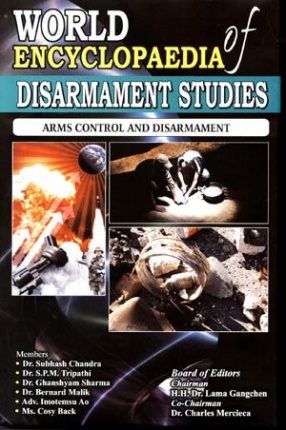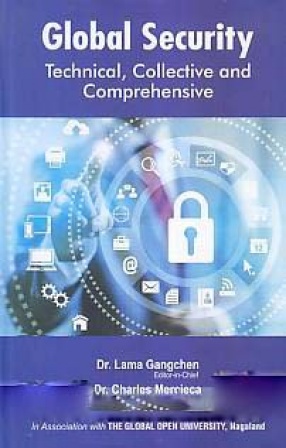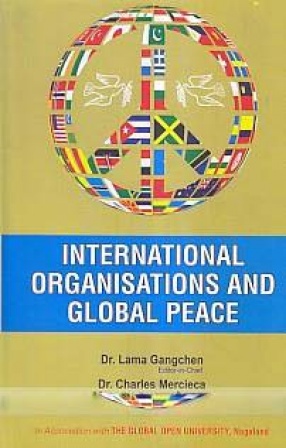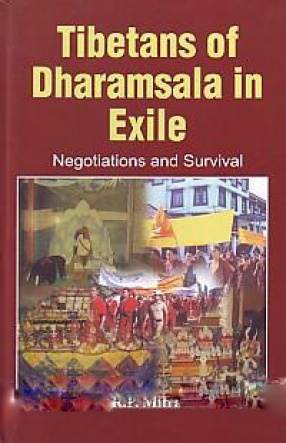Everybody talks of disarmament these days. But have we gone deep into the fact as to why is there an urgent need for disarmament. Let us first understand the world disarmament. Disarmament refers to the act of reducing, limiting, or abolishing weapons. The context of disarmament generally refers to a country's military or specific type of weaponry. The most common form of disarmament is abolishment of weapons of mass destruction, such as nuclear arms. Complete Disarmament refers to the removal of all weaponry, including conventional arms. Disarmament can be contrasted with arms control, which essentially refers to the act of controlling arms rather than eliminating them. A distinction can also be made between disarmament as a process (the process of eliminating weapons), and disarmament as an end state (the absence of weapons).
Nuclear disarmament, which does not address civilian weapons and military systems whose firepower and extent of damage can be considerable. The war in Iraq has led to the deaths of tens of thousands of civilians. In the Korean War, hundreds of thousands have died. In so-called "new Wars" in Africa, millions have died. In none of these cases were nuclear weapons used. Yet, the extent of civilian and military deaths have been considerable, surpassing the damage caused by the atomic bombings of Hiroshima and Nagasaki during World War II.
This Encyclopaedia will be of great help for the students of M.Sc./M.Phil/Ph.D. in Disarmament Studies.
ABOUT THE AUTHOR Lama Gangchen
Dr. Lama Gangchen was born in western Tibet in 1941. He was recognized at an early age to be a reincarnate Lama Healer and was enthroned at Gangchen Choepeling Monastery at the age of five. When he reached the age of twelve he received the "Kachen" degree which is usually conferred after twenty years of study. Between the ages of thirteen and eighteen, he studied medicine, astrology, meditation as well as philosophy in two of the major monastic universities of Tibet: Sera and Tashi Lhumpo.He also studied in Gangchen Gompa, Tropu Gompa and Neytsong Monastery. He was disceple of some of the most important Gelugpa Lamas like H.H. Trjichang Rinpoche. In 1963, he went into exile to India where he continued his studies for the next seven years at Sampurnanand Sanskrit University in Varanasi. In 1970, he received the Geshe Rigram degree from sera Monastic University situated in South India.After his graduation, he worked as a Lama healer among the Tibetan communities in Nepal, India and Sikkim, during which time he saved the lives of many people and was named private physician to the Royal Family. In 1981, Lama Gangchen visited Europe for the first time and has since become a resident and Italian citizen. In the same year, he also established his first European center: Karuna Choetsok in Lesbos, Greece, where he planted a bodhi tree in the 'Buddha Garden', and where he consecrated what was to become the first in a long line of World Peace Buddha Statues, thankas and images.Since 1982, he has traveled extensively, both healing and teaching worldwide, leading many pilgrimages to some of the most important holy places of different religious and spiritual denominations in the world.At present he has more than 100 Inner Peace Education Centres worldwide.Lama Gangchen World Peace Foundation established by him is headquartered in Italy at Albagnano.He is the National Chancellor of IAEWP for Italy and the UN Plenipotentiary Envoy of the International Association of Educators for World Peace (IAEWP) having consultative status with the United Nations - ECOSOC, UNDPI, UNCED, UNESCO and UNICEF.








There are no reviews yet.